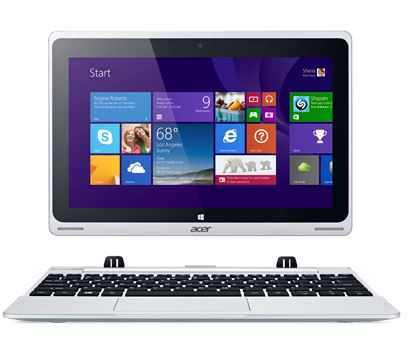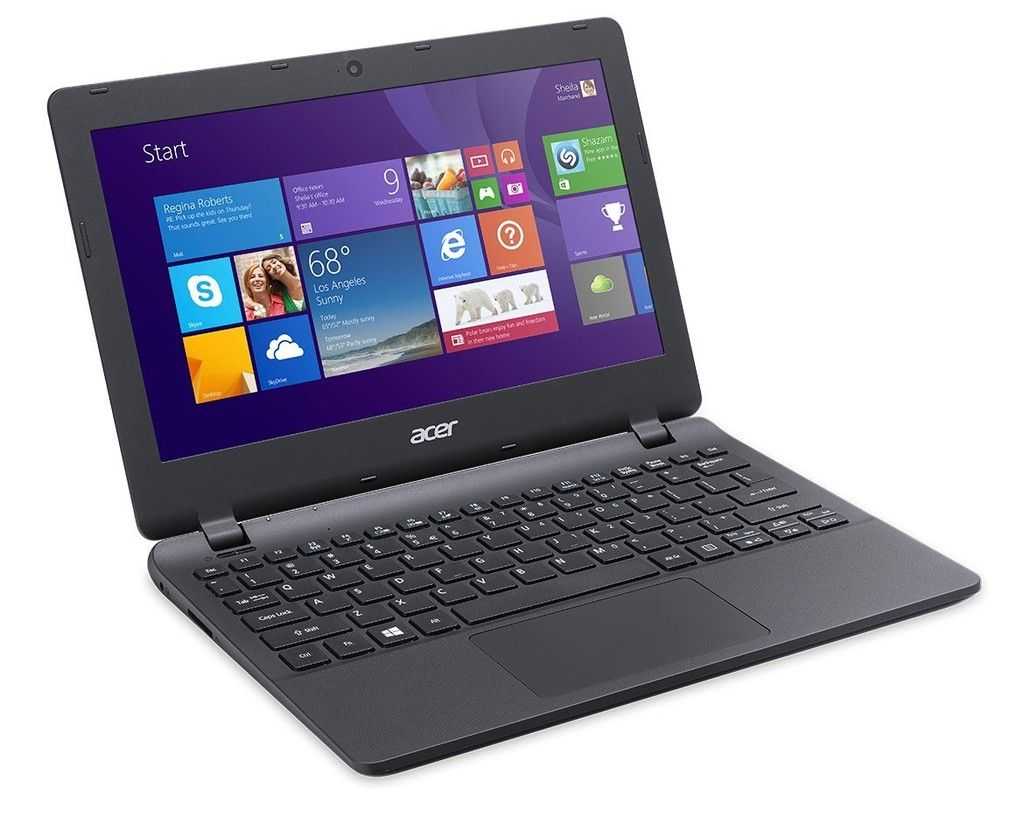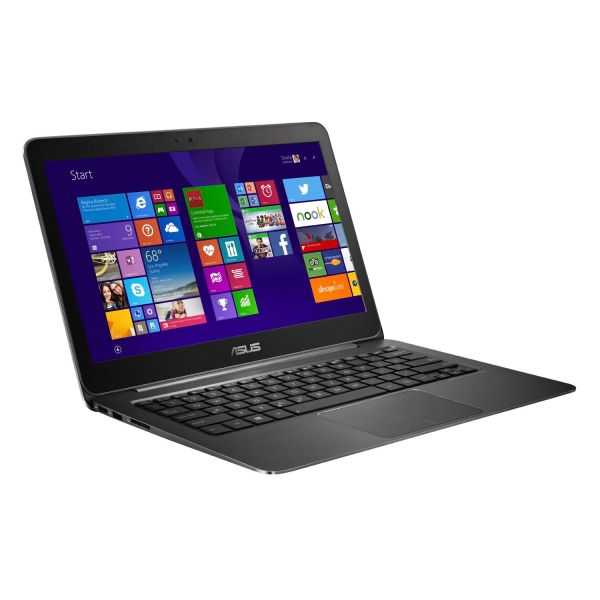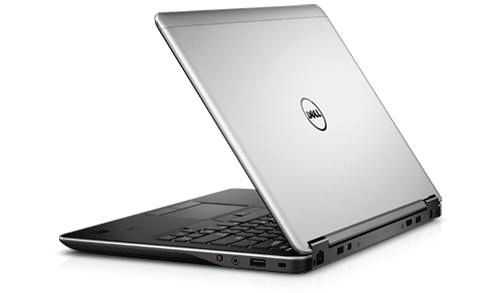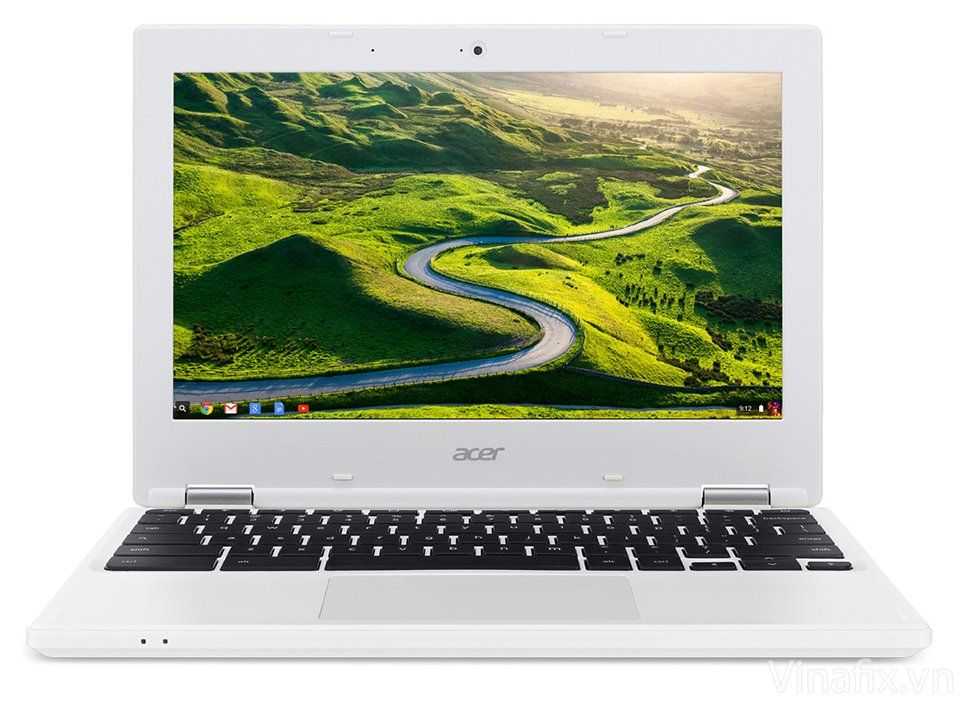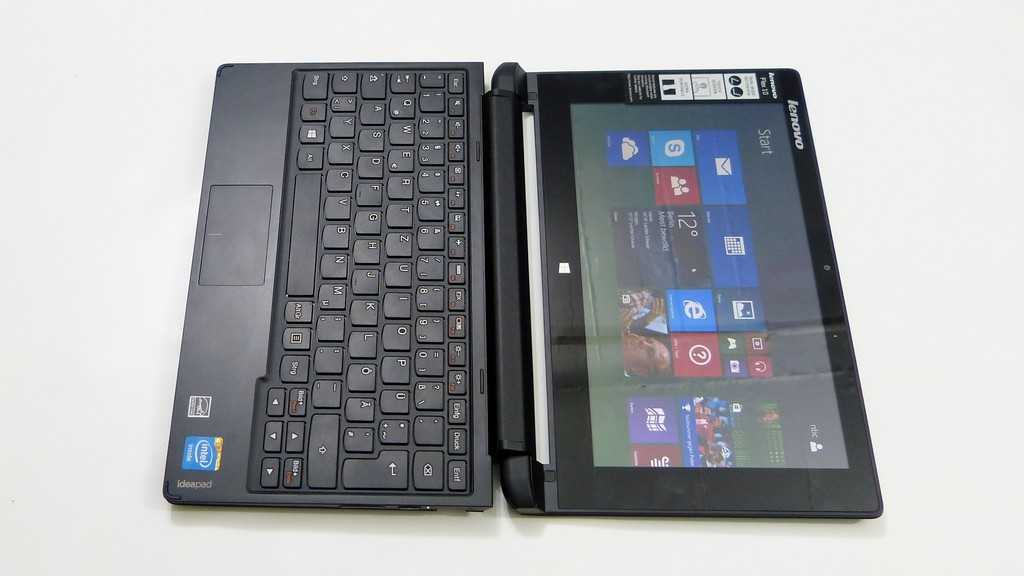Take a look at that list of devices again.
You have a pocketPC and a Mini tablet/micro laptop.
You could go for the pocket PC as the next step. It would certainly handle the video side of things (with a 3.5″ screen and a video output.) But remember that the mobilephone device is missing advanced-intermediate input (emails, docs, blogs, real-time IM) so, with the pocket PC, you’re only going to satisfy one more requirement.
We’re also missing a device with Advanced output – (long-term video, browsing, doc creation) – 5-7″ (say 800×480) and advanced input.
Think think think again. A pocket PC isnt really going to cut it here. The overlap with the mobile device is too great. The only extra functionality you get is: 3.5″ screen but you get no extra input mechanism.
So, take the next step up – what do you get? We’re talking about needing a 5-7″ screen for long-term video and a mini qwerty keyboard. We’re into Mini Tablet and mini laptop territory. This is a blurred category of devices. Lets take a deeper look.





